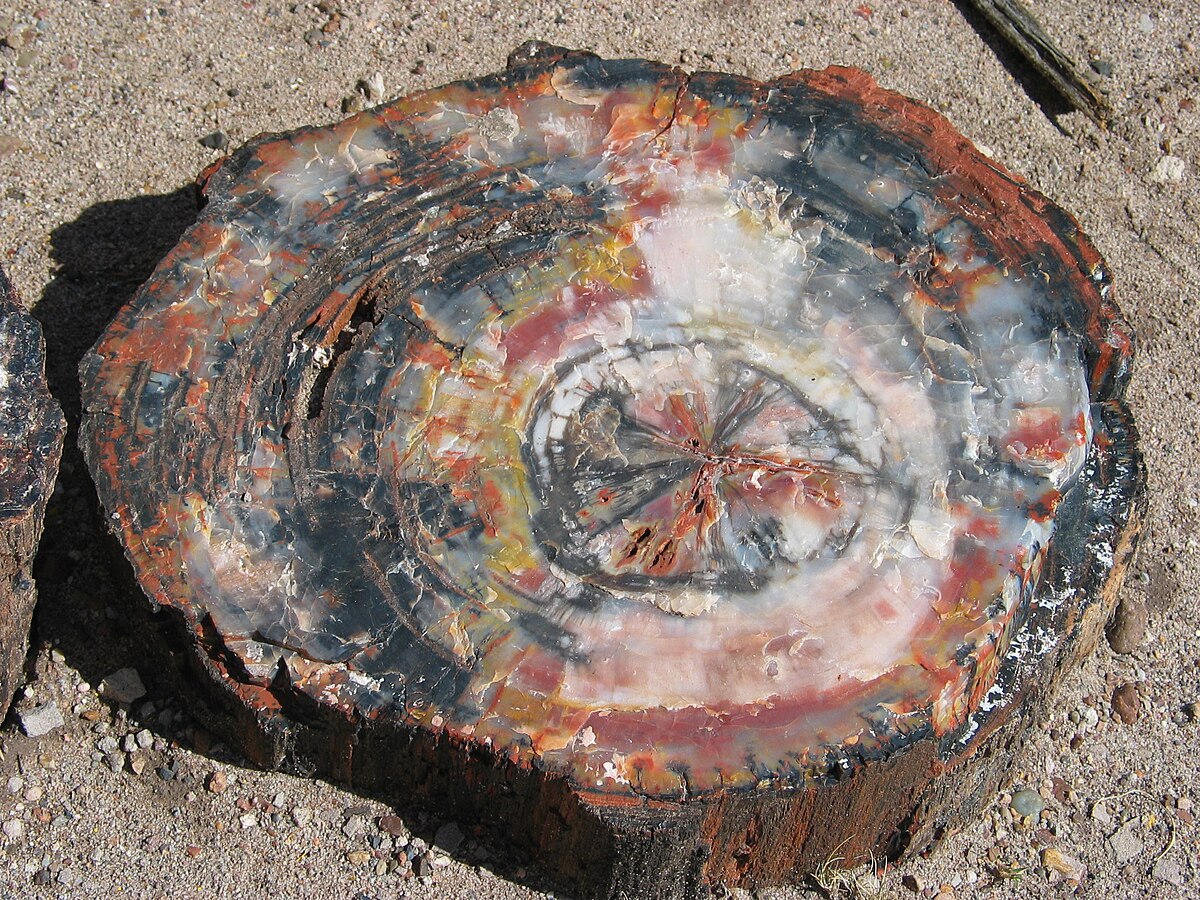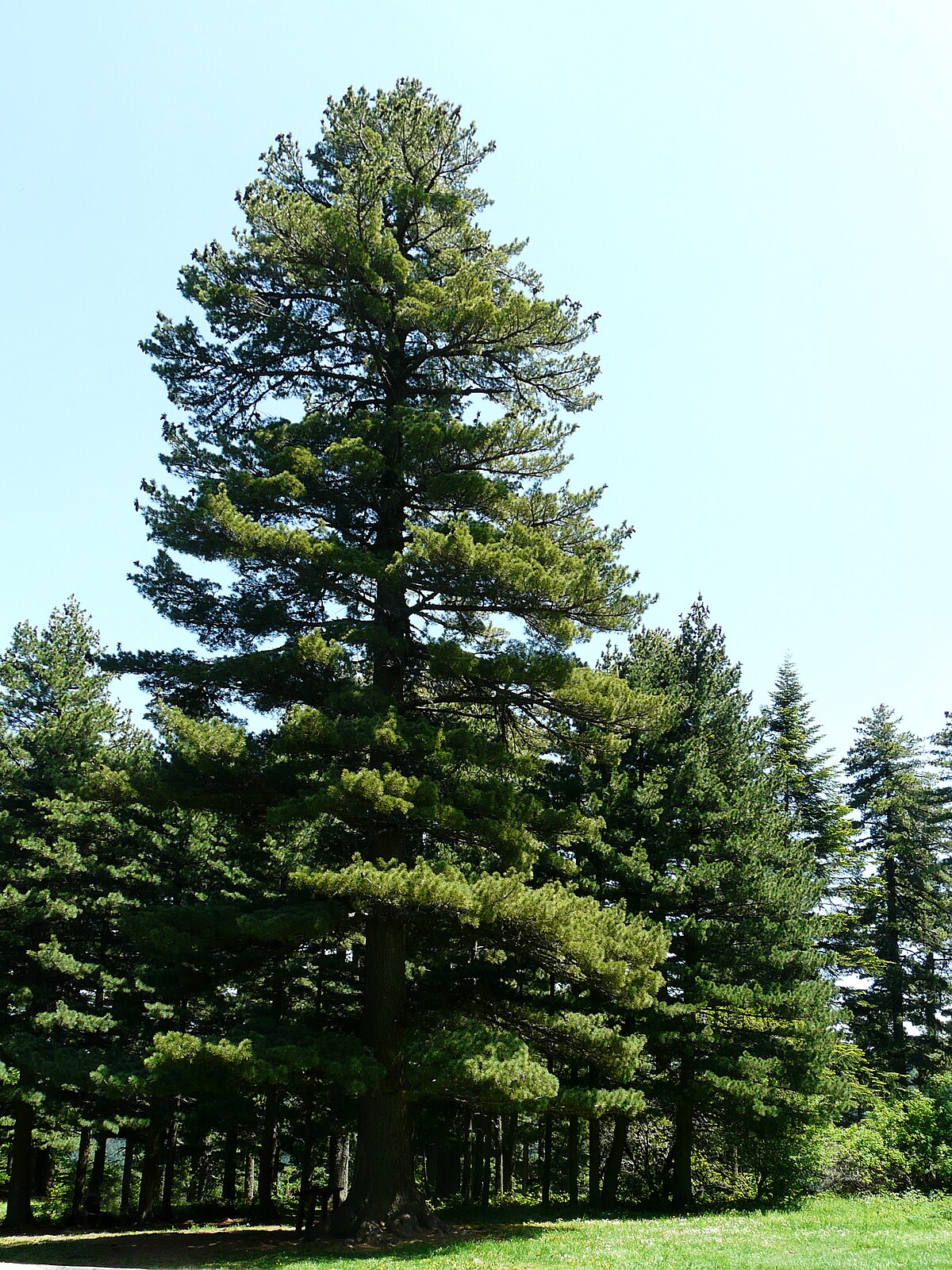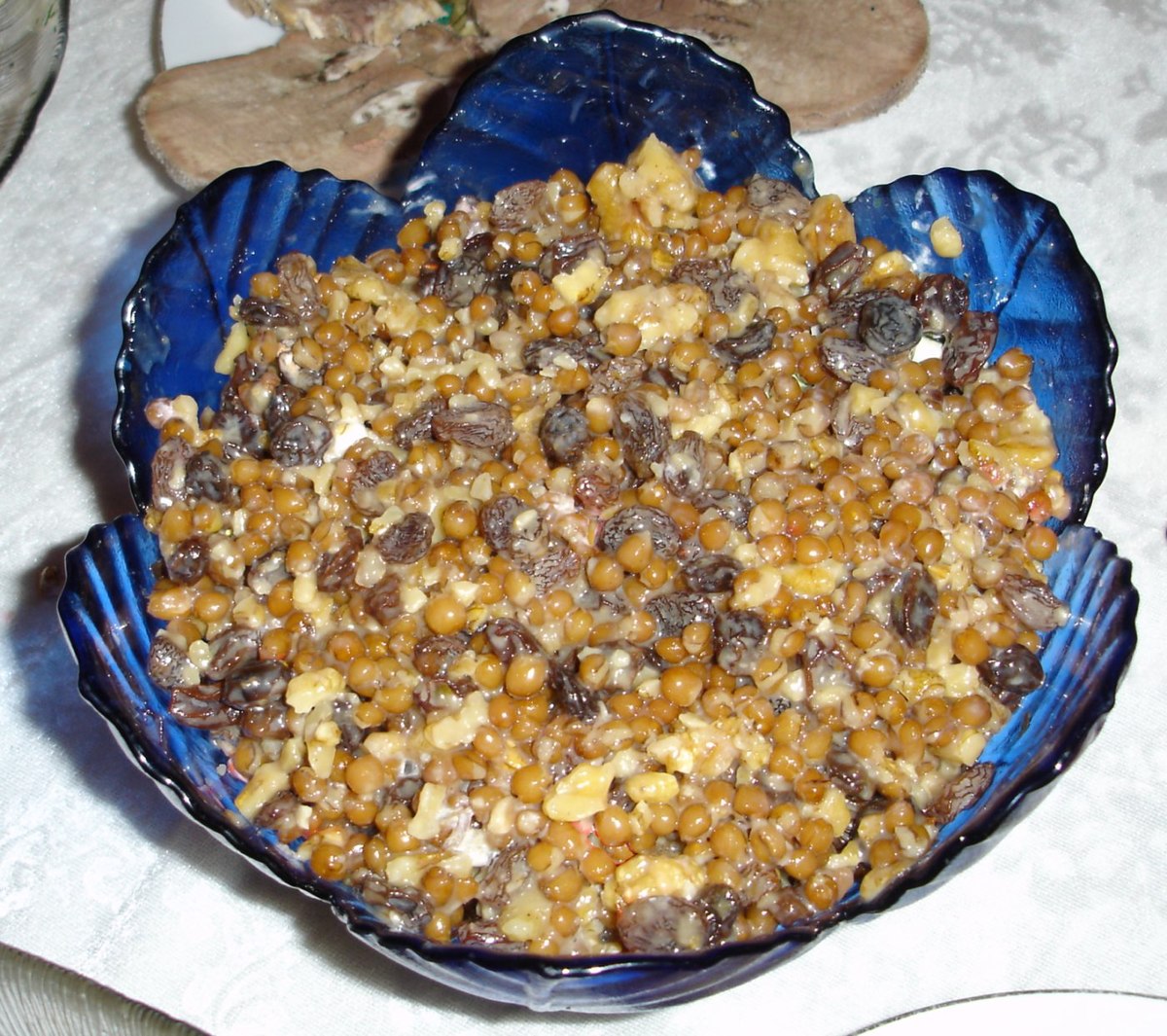Garnett Cheney became famous for using the cabbage juice for treatment of peptic ulcers (this is a reason why he named his unidentified factor as vitamin U, where U stands for ulcer). However, when we look at his early research papers, he says that he discovered a number of foods that also have this factor. And in fact, the foods that have it are exactly the same ones that have Weston Price's activator X.
Unfortunately, some of his articles cannot be found online, so we can't see a direct comparison between cabbage juice and wheatgrass juice. I don't know why he decided in the end to focus on cabbage juice and force people to drink 1 liter of that juice when he could just use cerophyl. Obviously, from his research, the cerophyl was quite potent. Only the mixed greens were more potent. He doesn't say what was in the mixed greens, but in the modern day products it consists of turnip greens and mustard greens.
It is important to note that the cabbage is not the sole source of the anti-ulcer factor. It has been shown experimentally that it is present in varying concentration in a variety of fresh greens and cereal grasses as well as fresh milk, raw egg yolks, certain animal and vegetable fats and gastric mucosa.
It has not been identified as any one of the known vitamins or any food factor which has been isolated. Large doses of ascorbic acid are protective against histamin-induced peptic ulcers in guinea pigs, but the relationship of Vitamin C and Vitamin U in this respect has not yet been worked out. Vitamin C is water soluble while Vitamin U is fat soluble. The fact that the anti-peptic ulcer factor is readily destroyed by heat indicates that the preparation of food for human consumption by heating or cooking may completely destroy this factor. If this is so, it may become necessary to include certain raw foods in the diet of peptic ulcer patients, not only to promote the healing of ulcers which have already formed, but to prevent the development of lesions in the future.
At present pasteurized or even raw milk cannot be relied upon alone to accomplish this purpose. Experimental studies which are going on at present strongly indicate that fresh greens, milk and eggs contain a great deal less of the antiulcer factor in the fall in California than they did in the spring and summer. It is noteworthy that there is a high seasonal incidence of peptic ulcer symptoms in the late fall in northern California.
Up to the present no extract or concentrate containing Vitamin U has been developed for clinical trial. However, during November 1948 a concentrate of cabbage fat* has completely protected ten guinea pigs from histamin-induced peptic ulcers when it was fed at the level of 100 mg. per day to a 300 gm. animal.

Rapid healing of peptic ulcers in patients receiving fresh cabbage juice - PubMed
Thirteen patients with peptic ulcer were treated with fresh cabbage juice, which, experiments have indicated, contains an antipeptic ulcer factor. This factor (vitamin U) prevents the development of histamin-induced peptic ulcers in guinea pigs. The average crater healing time for seven of these...pubmed.ncbi.nlm.nih.gov
The work of Cheney (1940, 1948, 1949, 1950a, b, c), Singh, Zaidi and Bajpal (1962), Adami (1955, 1964) and Wissmer and Adami (1965) suggested that a factor in the aetiology of peptic ulcer might be the absence of protective substances, either as a result of the refining of the staple carbohydrate food or as a result of an associated low intake of supplementary foods containing such factors. Their experiments on chicks, guinea-pigs and rats, using several different methods of producing experimental ulcers, repeatedly showed that prefeeding with certain foodstuffs- egg yolk, milk, butter, green vegetables, lettuce and, in particular, cabbage-would protect the animals against ulceration. The protective factor was thermolabile and was destroyed to a variable extent in different experiments by heating and pasteurization. In the case of cabbage the activity varied according to season, the freshness and the type of cabbage.

The possibility of dietary protective factors in duodenal ulcer
Rats fed on a supplement of raw cabbage, brinjal, dhal or powdered milk given in addition to a staple rice or laboratory stock diet show a high degree of protection against experimental ulceration following pyloric ligation. Wheat bran and ragi (a millet) ...www.ncbi.nlm.nih.gov
A variety of substances have been tested for the presence of this factor. The results presented have been derived from the publications of Almquist and Stokstad, from personal communications with Almquist, from articles by Dam and Schonheyder and by Bird and his co-workers and from heretofore unpublished experiments of mine. Alfalfa meal is a known standard source of protection, but its effect is complete only when it is fed at the 20 to 25 per cent level of diet. Different lots of alfalfa vary considerably in potency. Fresh kale and kale extract are highly effective at the 5 per cent level. Hempseed meal is protective at the 10 per cent level. Dried hog liver is protective at the 20 per cent level, and hog liver fat and certain fractions of it are protective when they constitute as little as 3 per cent of the feed. Clarified wheat bran oil is effective when as little as 1.37 per cent is fed in the diet. A number of substances commonly used in the diet of human beings have been shown to contain this factor. Wheat bran is protective when it comprises 30 per cent of the diet and so is barley bran at the 62 per cent level. Other foods are cooked spinach 20 per cent; canned mixed greens 0.5 per cent dry weight; dried leaves of cereal grasses (cerophyl) 1 per cent; certified raw whole milk, pasteurized whole milk, buttermilk and 20 per cent cream fed in place of water; raw egg yolks when fed in the proportion of % yolk per chick per day for fourteen days; olive oil 10 per cent ; fresh tomatoes ad libitum, and soy bean oil 10 per cent.
CINCHOPHEN GASTRIC ULCERS IN CHICKS
The existence of a dietary factor, an absence of which will cause superficial gastric ulcers in chicks, is well recognized by persons interested in the nutrition of poultry.1 Members of the medical profession at large hardly seem aware of this factor and of the significant fact that definite...jamanetwork.com
Unfortunately, some of his articles cannot be found online, so we can't see a direct comparison between cabbage juice and wheatgrass juice. I don't know why he decided in the end to focus on cabbage juice and force people to drink 1 liter of that juice when he could just use cerophyl. Obviously, from his research, the cerophyl was quite potent. Only the mixed greens were more potent. He doesn't say what was in the mixed greens, but in the modern day products it consists of turnip greens and mustard greens.











